When Does Hydrangea Bloom? A Comprehensive Guide to Hydrangea Blooming Seasons
Hydrangeas typically bloom from late spring to early autumn, with the specific blooming period depending on the species and variety of the plant. Most common varieties, such as mophead and lacecap hydrangeas (Hydrangea macrophylla), as well as panicle hydrangeas (Hydrangea paniculata) generally flower from June to September, with panicle hydrangeas having slightly longer blooming seasons.
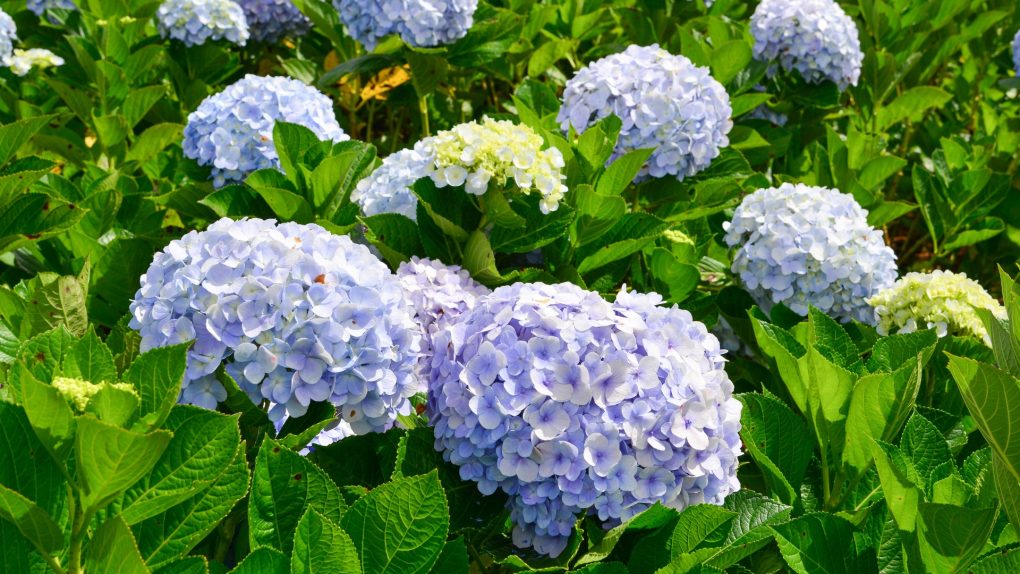
The timing of hydrangea blooms can be influenced by climate, sunlight, pruning, and soil conditions. Proper care including timely pruning, attention to sun exposure, and maintaining appropriate soil conditions can help to induce and prolong the bloom period, ultimately enhancing the plant’s overall health and appearance.
Table of Contents
Hydrangea Blooming Lifecycle
Hydrangeas have captivated gardeners for generations with their stunning and abundant blooms. Understanding the blooming lifecycle of hydrangeas is essential for properly caring and maintaining these beautiful flowering shrubs.
1. Bud Formation
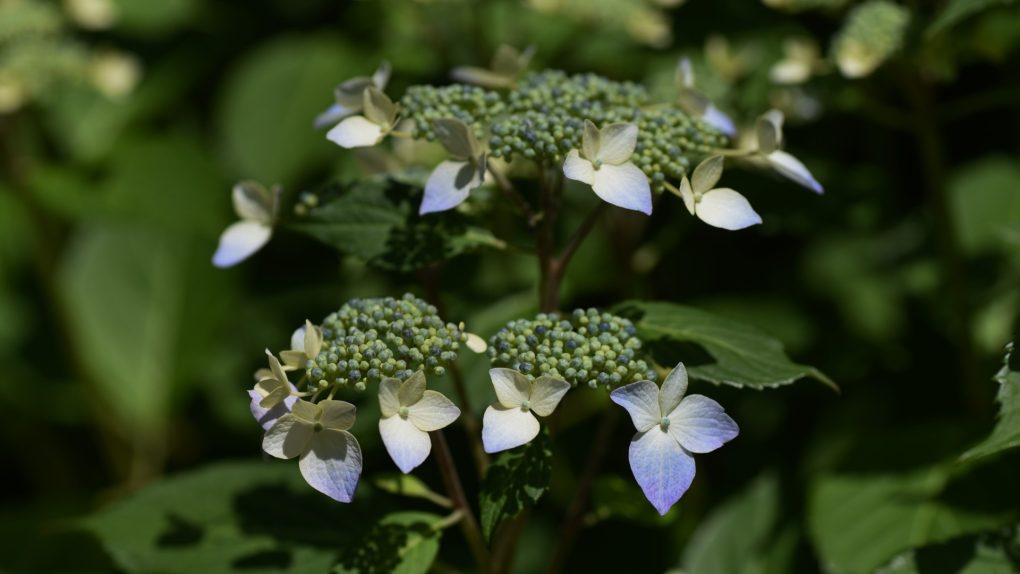
The blooming process of hydrangeas begins with the formation of buds. Hydrangea buds typically develop in late summer or early fall, depending on the specific variety and environmental conditions. These buds are formed on the previous year’s growth, known as old wood. During this stage, protecting the buds from harsh winter conditions is crucial to ensure successful blooming in the following season.
2. Dormancy
As winter approaches, hydrangeas enter a period of dormancy. During this time, the plant conserves energy and prepares for the upcoming blooming season. The stems and foliage of the hydrangea may wither and die back, but this is a natural part of the plant’s life cycle. Proper pruning and winter protection practices, such as mulching, can help safeguard the plant during this dormant period.
3. Spring Growth
With the arrival of spring, hydrangeas awaken from their dormant state and begin to show signs of new growth. Fresh green leaves emerge from the stems, and the plant prepares for blooming. Adequate sunlight, water, and nutrients are crucial during this stage to support healthy growth and flower production.
4. Flowering
The blooming phase is the highlight of the hydrangea’s lifecycle. The timing of the flowering can vary depending on the hydrangea variety and environmental factors. Generally, hydrangeas start to bloom in late spring or early summer. The buds that formed in the previous year now reveal magnificent clusters of flowers in various colors, such as pink, blue, white, or purple. The blooming period can last several weeks, adding a vibrant touch to the garden.
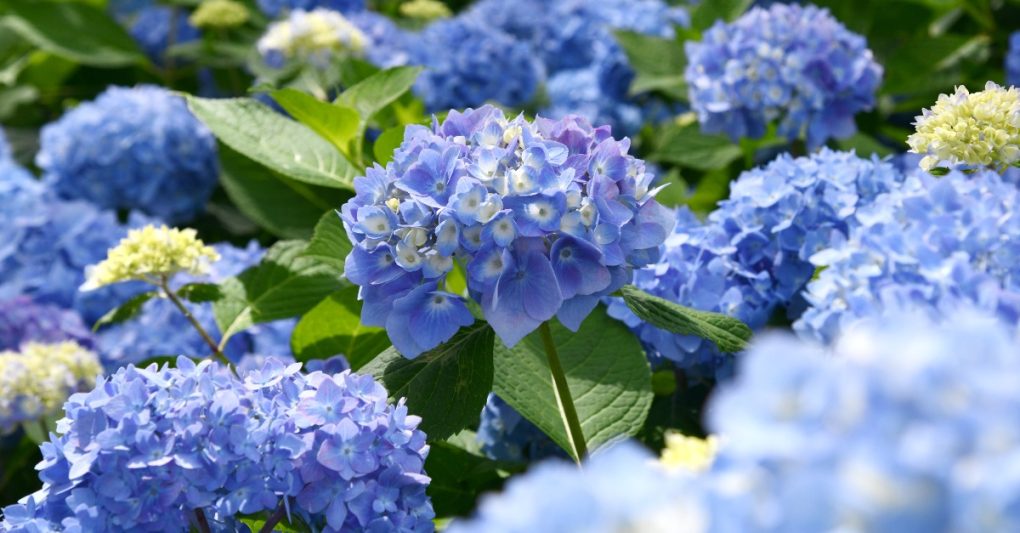
5. Fading and Drying
After the peak of blooming, hydrangea flowers gradually fade and dry out. This is a natural progression in the plant’s life cycle. As the flowers age, they may change color and take on muted shades, offering a different visual appeal. Leaving the faded flowers on the plant can add interest and texture to the garden, but they can also be pruned off to maintain a tidy appearance.
6. Renewal and Preparation for Next Season
Once the blooming phase ends, hydrangeas enter a phase of renewal and preparation for the next blooming season. The plant directs its energy toward producing new foliage, strengthening the roots, and storing nutrients for future growth. Proper care, including regular watering, fertilization, and pruning, can help ensure the hydrangea’s health and readiness for the next cycle of growth and blooming.
Blooming Timeline Based on Hydrangea Species
Hydrangeas are beautiful flowering plants that come in various species and cultivars. Understanding the blooming timeline of different hydrangea species can help you plan your garden and enjoy their vibrant blooms throughout the year. Here’s a concise guide to the blooming timeline of popular hydrangea species:
1. Bigleaf Hydrangea (Hydrangea macrophylla)
- Blooming Season: Summer to early fall
- Flower Color: Pink, blue, or white
- Notable Cultivars:
- ‘Endless Summer’: Produces flowers continuously throughout the season
- ‘Nikko Blue’: Known for its large, deep blue blooms
- ‘All Summer Beauty’: Features long-lasting pink or blue flowers
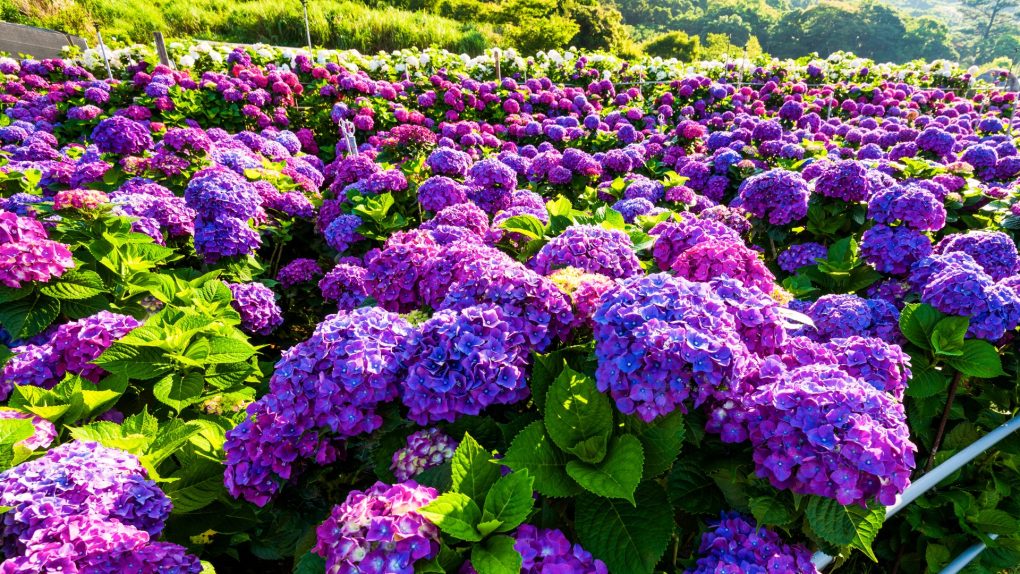
2. Panicle Hydrangea (Hydrangea paniculata)
- Blooming Season: Mid-summer to early fall
- Flower Color: White or creamy white
- Notable Cultivars:
- ‘Limelight’: Exhibits lime-green flowers that turn pink in the fall
- ‘Pinky Winky’: Displays white flowers that develop a pink hue as they mature
- ‘Little Lamb’: Offers elegant, white, cone-shaped flowers
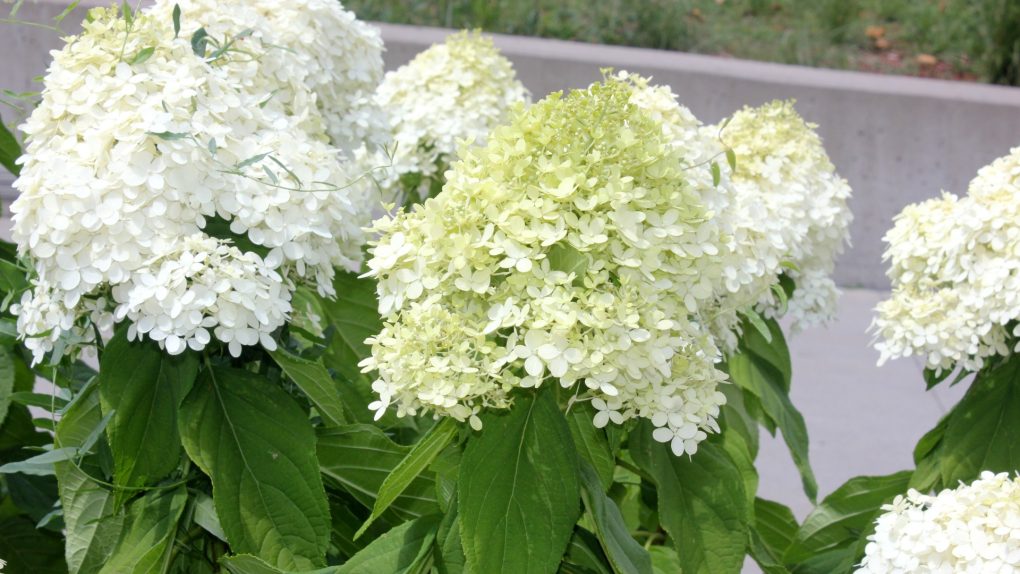
3. Smooth Hydrangea (Hydrangea arborescens)
- Blooming Season: Summer to early fall
- Flower Color: White or creamy white
- Notable Cultivars:
- ‘Annabelle’: Known for its large, round clusters of white flowers
- ‘Incrediball’: Features massive, globe-shaped flower heads
- ‘Invincibelle Spirit II’: Showcases pink flowers that mature to a deep rose hue
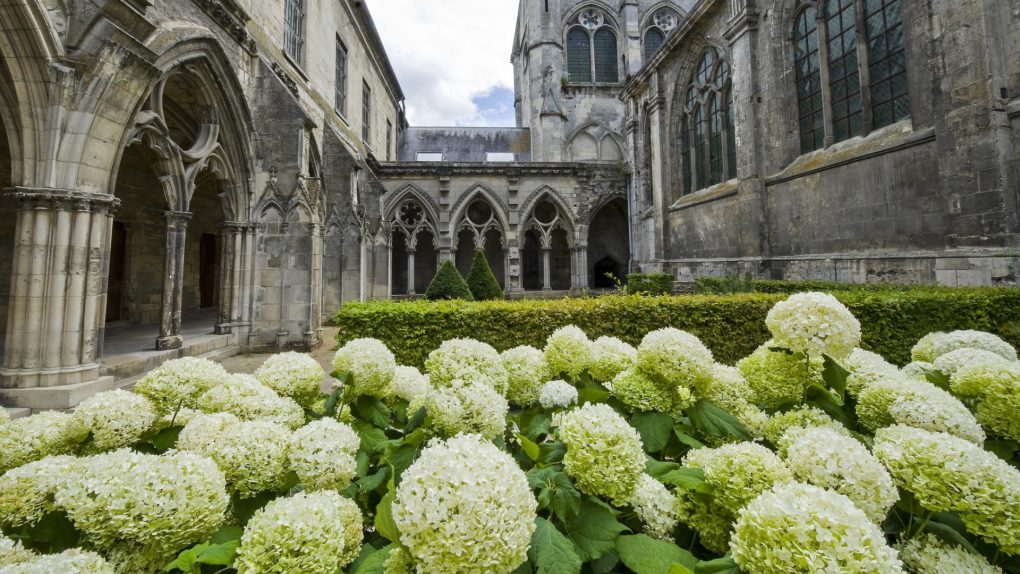
4. Oakleaf Hydrangea (Hydrangea quercifolia)
- Blooming Season: Late spring to early summer
- Flower Color: White, fading to pink or purple
- Notable Cultivars:
- ‘Snow Queen’: Presents elongated panicles of white flowers
- ‘Alice’: Exhibits large, white flowers that turn pink as they age
- ‘Ruby Slippers’: Displays red stems and cone-shaped flower clusters
Remember, these timelines are general guidelines, and actual blooming periods may vary depending on your climate and growing conditions. By choosing a variety of hydrangea species, you can extend the blooming season and enjoy their stunning flowers throughout the year.
Optimizing Hydrangea Bloom Time
Hydrangeas are beautiful flowering plants that can add color to any garden. To get the most out of your hydrangeas, optimizing their bloom time is important. Here are some tips to help you do just that.
Pruning
Pruning is an important part of keeping your hydrangeas healthy and blooming. However, it’s important to prune at the right time. For most hydrangeas, the best time to prune is in late winter or early spring, before new growth begins. This will encourage new growth and more blooms.
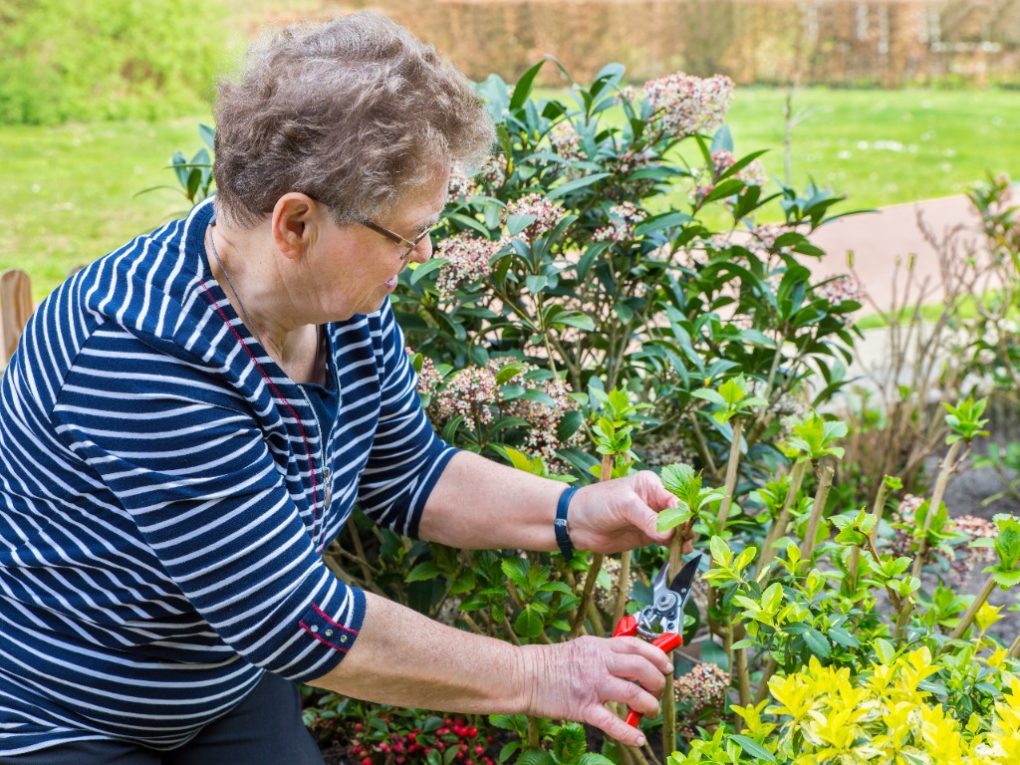
It’s also important to know your hydrangea, as different types require different pruning techniques. For example, panicle hydrangeas bloom on new wood, so they can be pruned more heavily than other types. On the other hand, oakleaf hydrangeas bloom on old wood, so they should be pruned lightly.
Fertilizing
Fertilizing is another important factor in optimizing hydrangea bloom time. Hydrangeas require a well-balanced fertilizer, with equal parts nitrogen, phosphorus, and potassium. This will help promote healthy growth and more blooms.
It’s important to fertilize at the right time, too. For most hydrangeas, the best time to fertilize is early spring, just as new growth begins. You can also fertilize again in mid-summer, to encourage a second round of blooms.
Watering
Finally, watering is crucial to optimizing hydrangea bloom time. Hydrangeas require consistent moisture, but they don’t like to be waterlogged. It’s important to water deeply, but not too frequently.
It’s also important to water at the right time of day. Watering in the morning is best, as it allows the leaves to dry off before the day’s heat. This can help prevent fungal diseases, which can affect bloom time.
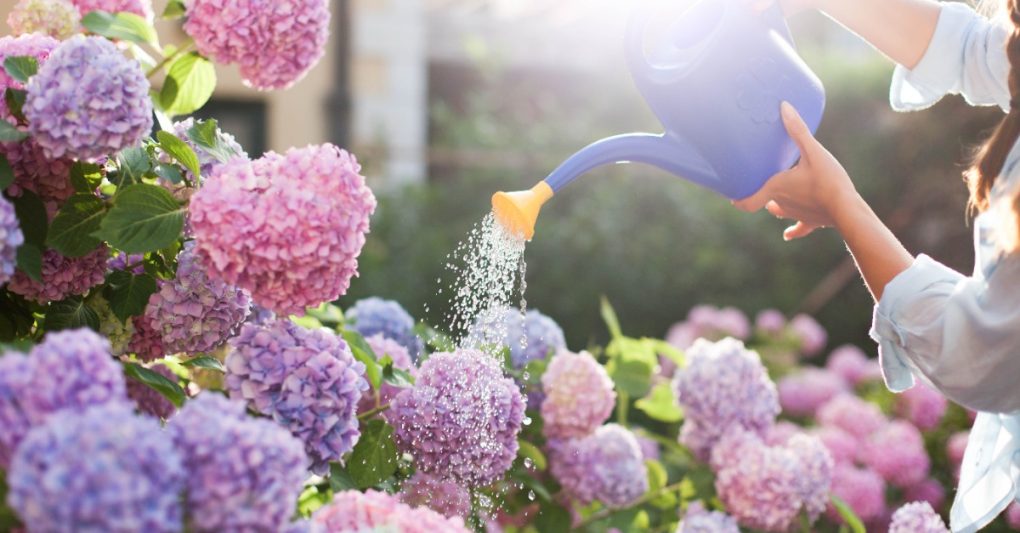
| Type of Hydrangea | Pruning Technique |
| Panicle | Prune heavily in late winter or early spring |
| Mophead/Lacecap | Prune lightly in late winter or early spring |
| Oakleaf | Prune lightly after blooming |
- Use a well-balanced fertilizer with equal parts nitrogen, phosphorus, and potassium
- Fertilize in early spring and mid-summer
- Water deeply, but not too frequently
- Water in the morning to prevent fungal diseases
